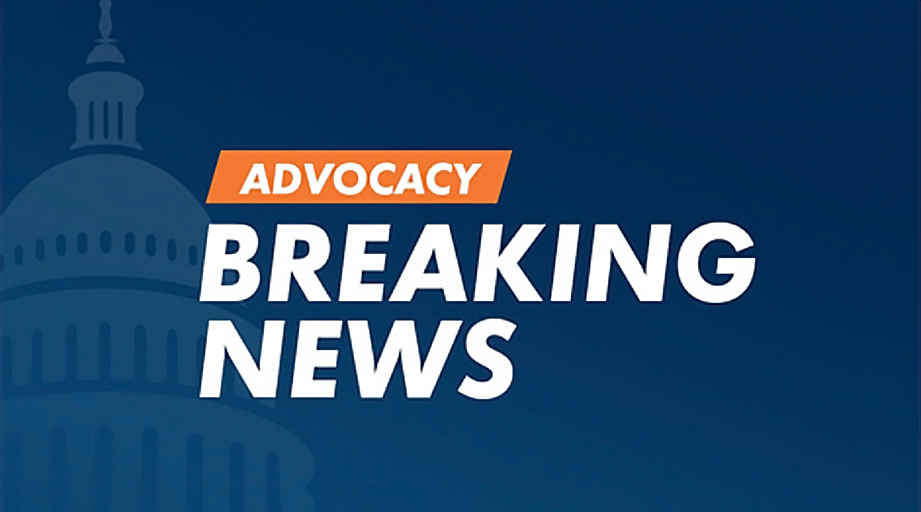
The Opening Session at ASHP’s 2019 Midyear Clinical Meeting celebrated excellence, acknowledged those who have served the pharmacy profession, and generated excitement about the future direction of pharmacy.
ASHP President Kathleen S. Pawlicki kicked off the session by highlighting ASHP’s major initiatives over the past year, including this week’s launch of Practice Advancement Initiative (PAI) 2030.
“PAI 2030 includes tools and resources aimed at advancing pharmacy practice through the next decade,” Pawlicki said.
ASHP established the project in 2010 as the Pharmacy Practice Model Initiative, which was followed by the 2014 Ambulatory Care Conference and Summit. The initiatives were collectively rebranded as PAI in 2015.
PAI 2030 offers forward-looking recommendations about patient-centered care; education, training, and roles for pharmacists and pharmacy technicians; technology advancements; and leadership in medication use and safety.
An overview of PAI 2030 took place during a December 8 educational session at the Midyear.
Pawlicki encouraged Midyear attendees to visit the ASHP Experience Center in the exhibit hall to learn about an important new project — the ASHP Innovation Center.
The Innovation Center’s mission is to drive innovation and digital transformation related to the safe and effective use of medicines through high-impact partnerships, education, advocacy, research, and entrepreneurship.
“Beyond the next decade, the future of healthcare will be filled with invention and novel approaches to patient care,” Pawlicki predicted.
She also highlighted the ongoing work of ASHP’s 23-member interdisciplinary Opioid Task Force, which convened in October to address this critical public health issue. The group’s preliminary recommendations were to be presented December 9 at the Midyear, and draft recommendations will be published next year in AJHP.
Pawlicki added that ASHP “will never settle until we have enduring solutions to the nation’s opioid crisis.”
She also highlighted ASHP’s response to reports from members about new regulatory roadblocks that threaten the funding of pharmacy residency programs. ASHP has communicated with the Centers for Medicare & Medicaid Services about the need to address the problem and asks members to do the same.
“If you haven’t done so already, you can send a letter to your members of Congress on this issue,” she said.
Other advocacy priorities for ASHP include support for legislation that improves medication access and reduces drug costs. Pawlicki urged attendees to support S. 2723, the Mitigating Emergency Drug Shortages Act, which was introduced in the Senate October 29 and contains many of ASHP’s top priorities for tackling drug shortages.
“We are in talks with legislators to have a similar bill introduced in the House of Representatives,” she noted.
ASHP is also actively advocating for and participating in efforts to reduce drug costs and eliminate the direct and indirect remuneration fees that pharmacy benefit managers have imposed on pharmacies in recent years.
“These fees are often arbitrary and not transparent to pharmacies or patients,” Pawlicki said.
She also reiterated ASHP’s continuing commitment to the well-being and resilience of the pharmacy workforce, including programming at the Midyear. And she affirmed that ASHP will continue to pursue “the very best products, programs, and services to best equip our members and advance practice to improve patient outcomes.”
The Opening Session also featured the presentation of several annual awards from ASHP and the ASHP Foundation.








